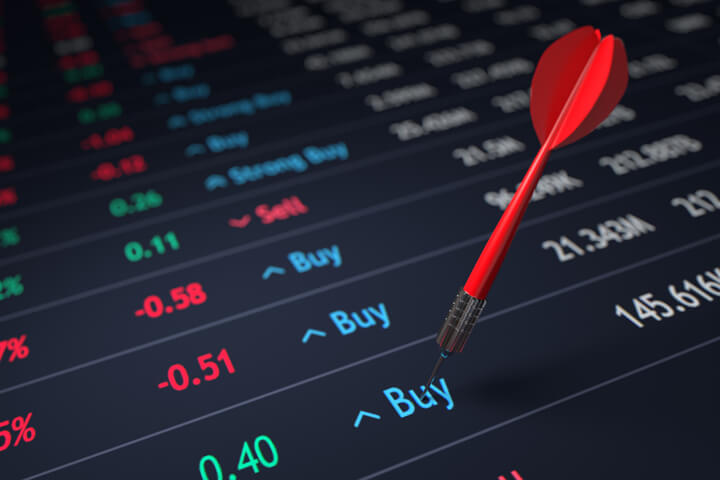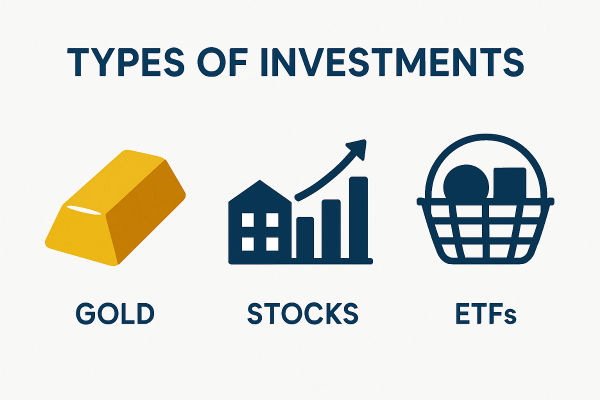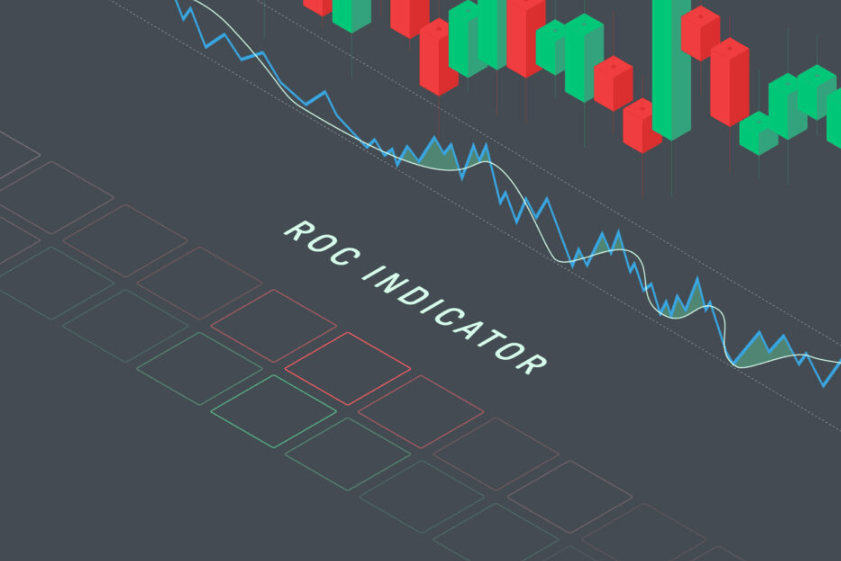There’s no single answer that fits everyone. The best trading market depends on your goals, time availability, capital, and comfort with risk. Some prefer markets that are open during Indian business hours, while others want 24/7 access. Some want low volatility and clear rules, while others chase fast-moving assets with higher rewards.
In evaluating which market suits a beginner, the main factors to consider are accessibility, liquidity, volatility, regulation, cost, and ease of learning. If a market is easy to enter, well-regulated, and offers decent returns with reasonable risk, it becomes an ideal candidate for new traders.

Trading in the Indian Stock Market
The Indian stock market is one of the most accessible and beginner-friendly environments for trading. It is composed of two major exchanges: the Bombay Stock Exchange (BSE) and the National Stock Exchange (NSE).
You can start with as little as ₹1,000 or ₹5,000, and the system is fully compliant with regulations, offering a safe and transparent environment.
For beginners, investing in delivery-based stocks — meaning you buy shares and hold them in your account — is a good way to understand market behaviour without taking on too much risk. Over time, you can explore intraday trading, futures, and options once you have gained experience and confidence.
Currency Trading (Forex) in India
Foreign exchange trading, or forex, involves buying one currency while selling another. In India, legal forex trading is restricted to currency pairs where the Indian Rupee is involved, such as USD/INR, EUR/INR, GBP/INR, and JPY/INR. This market is regulated by the Reserve Bank of India (RBI), ensuring a legal and safe environment for domestic traders.
To start trading currencies, you must register with a regulated broker that offers access to NSE’s Currency Derivatives Segment. Opening a forex trading account typically requires a higher initial deposit compared to equity trading. Expect to start with at least ₹10,000 or more, especially if you want to access a decent trading volume.
Currency markets operate from Monday to Friday and are aligned with global trading sessions. The volatility of currency pairs is generally lower than that of stocks but still sufficient to offer trading opportunities. For example, USD/INR might fluctuate by 10 to 50 paise during a normal trading session, with wider moves during events such as RBI rate decisions or geopolitical news.
Commodity Trading in India
Commodities like gold, silver, crude oil, copper, and agricultural products such as wheat and soybeans are traded on India’s Multi-Commodity Exchange (MCX) and National Commodity & Derivatives Exchange (NCDEX). Commodity trading is conducted through futures contracts, which are agreements to buy or sell a certain quantity of a commodity at a predetermined price in the future.
To begin trading commodities, you need to open a commodity trading account with a broker authorised. The minimum capital requirement varies by commodity but is usually higher than that for equity trading. For example, a crude oil or gold mini contract may require margin deposits ranging from ₹10,000 to ₹50,000.
Commodity markets are known for their volatility. Prices can move significantly based on global supply-demand imbalances, political tensions, weather patterns, and economic forecasts. This makes them attractive for high-risk, high-reward traders but may be too complex for absolute beginners without sufficient research.
Cryptocurrency Trading in India
Cryptocurrencies like Bitcoin, Ethereum, and Solana have become popular among Indian millennials and Gen Z traders. The appeal lies in their decentralised nature, 24/7 trading, and the promise of high returns. However, the regulatory status of crypto in India remains uncertain.
Indian exchanges continue to operate under commercial laws. The government has implemented strict tax norms, including a 30% tax on profits from digital assets and a 1% TDS on every trade above ₹10,000.
Getting started with crypto is simple. You only need to register with an exchange, complete KYC verification, and transfer money via UPI or bank transfer. Many platforms let you start with as little as ₹100. This low barrier to entry is one of the reasons why crypto has gained popularity, especially among tech-savvy users.

Comparing the Markets: What Should Beginners in India Choose?
If your goal is to understand market basics, develop discipline, and gradually build wealth, the Indian equity market is the most suitable starting point. It is regulated, accessible, and well-supported by learning tools. You can start small, stay within legal boundaries, and build confidence over time.
Currency trading comes next. It is ideal for those who enjoy following news and macroeconomic trends. While it requires a larger capital base and more focused risk control, it offers steady trading opportunities and legal safeguards within India’s borders.
Commodity trading is more advanced. It offers a dynamic space with strong profit potential, especially in gold, silver, and crude oil. However, the learning curve is steep and best suited for those who already understand how global markets work.
Final Thoughts
So, which market is best for trading if you’re just starting in India? The answer lies in your risk appetite, financial goals, time commitment, and willingness to learn. For most beginners, starting with Indian equities offers the perfect blend of accessibility, regulation, and learning support.
Once you gain confidence and experience, you can diversify into forex, commodities, or even crypto. But the key is to always trade legally, manage your risk carefully, and never stop learning. Trading is not a shortcut to wealth—it is a skill built on discipline, patience, and knowledge.
(Disclaimer: This material is for general information purposes only and is not intended as (and should not be considered to be) financial, investment or other advice on which reliance should be placed. No opinion given in the material constitutes a recommendation by EBC or the author that any particular investment, security, transaction or investment strategy is suitable for any specific person.)




























